|
I cannot believe that my time at TRIP is almost over. Over the course of my time here, I learned a new skill or developed one every week, and I am thankful to have gotten this research and lab experience. To be completely honest, TRIP has been some of the “hardest fun” I have ever had. It requires a lot of focus, time, and energy inside and outside the lab, but this turns out to be a positive, given how interesting working with flies is in the experiment I was able to design. Even the early stages of TRIP, when I still had to find my way around, were fun because it was the first time I got to use another animal in an experiment to model a human’s biological processes. There will be times when using flies can get frustrating, like when sorting or transferring them, but it is surprising how much better all of us got with just a few hours of practice.  As I mentioned in my last blog, my independent project studied the effects of nicotine and ginseng on fly sociability. Vaping with nicotine is a rising issue with teenagers, especially in my high school. Twenty percent of teenagers use e-cigarettes in America, and ninety-nine percent of e-cigarette use contains nicotine! With that in mind, I dove into the social effects of nicotine, questioning the unproven idea that nicotine’s use in sociable settings is warranted and helpful. I also wanted to see if nicotine had any negative effects on fly pupal development, as this is when flies transition to adults, corresponding to teenage development within humans. I tested ginseng as well because it is a herb that is commonly used in my Indian culture. It is known to have positive effects on brain function and mood, while nicotine yields opposite effects. I hypothesized that ginseng would increase fly sociability and pupal development because of these benefits, and nicotine would do the opposite. Together, I believed that ginseng would completely counteract the effects of nicotine, causing no noticeable changes within the flies.  I created four new vials every week. The four vials contained nicotine only, ginseng only, both nicotine and ginseng, and neither nicotine nor ginseng to serve as a control. I collected developmental data each week for three weeks after I made my vials by counting the number of eclosed pupae divided by the number of total pupae. The higher this proportion, the better the pupal development. After observing sets of flies, I discovered that all three vials with treatments lowered the development by virtually the same amount when compared to the control. To quantify sociability, I first had to place the flies on ice, sort them, and transfer five males into tiny chambers. I then took pictures of them every five minutes for fifteen minutes. Using Fiji, I measured the average distance between all pairs of flies. I did this for two generations every week: the parent generation, which received their treatments as adults, and the generation of progeny, which received their treatments from birth. Surprisingly, nicotine and ginseng both increased fly sociability in the parent generation, refuting my hypothesis entirely! Interestingly, nicotine and ginseng decreased fly sociability in the generation of progeny. This is likely due to these substances having a negative effect during the critical periods of a fly’s life cycle. The skills I built here will help me for the rest of my life no matter what I pursue. Although working with flies and running our personal experiments was one of the highlights of TRIP, it was so much more. I also learned how to make sense of the data I collected and share that effectively in presentations to a variety of audiences. I got to familiarize myself with a whole new array of scientific tools, run a bunch of assays, and a lot more. Dr. Leystra and Dr. Purdy helped me so much on my TRIP and my peers provided amazing feedback along the way. The skills I built here will help me for the rest of my life no matter what I pursue.
0 Comments
Wow. I can’t believe how fast this TRIP has gone. It feels like just yesterday I was walking into the lab for the first time, all excited and ready to be a real scientific researcher, but it has really been over three months of rigorous, challenging, and completely rewarding work. I never dreamed that in just 10 weeks, I could learn how to micropipette, sort flies, make bubbling solutions, and even collect and analyze bacteria! With the help of the instructors and TAs, however, as I have learned, anything is possible.
Now, you would think that because nitrate is a toxin and it is found in contaminated water, it would be bad for your health. Surprisingly, it’s not that simple. Nitrate is found in your gut microbiome, which is a place full of bacteria in your digestive tract that maintains your health. So, if nitrate is simultaneously found in your body but also is a contaminant, how exactly does it impact your health? That’s what I set out to find. Since more bacteria in your gut means more diversity, which in turn leads to better health, I measured how much and what type of bacterial colonies were formed from the fruit flies’s gut to quantify my findings.
What we can take away from this is that nitrate’s functions are complicated, and that maybe nitrate isn’t the leading reason for the adverse health effects of contaminated water. Still, it’ll take a lot more research and testing (something that I’ve learned is very common in science) to make more conclusive results, which I’m ready to do, even if my time at TRIP is over. If there’s anything my time at TRIP has taught me, it is that it’s ok to make mistakes. If there’s anything my time at TRIP has taught me, it is that it’s ok to make mistakes. No one expects you to be amazing at something the first time you do it, as I learned when I tried to streak my own bacterial plates (diluting bacteria is not as easy as it looks). With the help of everyone in the program, however, I’ve managed to gain some key skills that will definitely benefit my future plans. And thanks to TRIP, I now know that those places will involve a lab in some way.
Hello everyone! My name is Emily Zhang, and I am a rising senior at Kingsway Regional High in Gloucester County, NJ. Before moving to South Jersey, I spent most of my childhood in Connecticut and studied Mandarin in China for about two years. My experience in China undoubtedly shaped a part of who I am today as a student and an overall person. 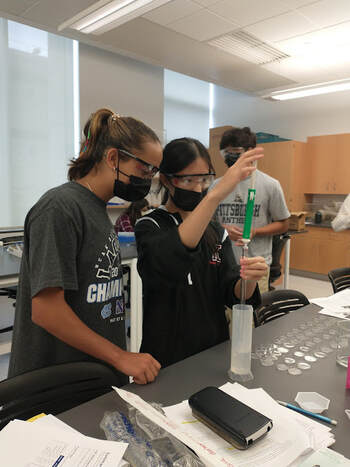 Although I am an introvert, I enjoy meeting new people and will never turn down an opportunity! Therefore, when I moved to NJ in eighth grade, I got involved in the marching band. Having been in a marching band since fourth grade, marching band gave me another perspective on music and the opportunity to build leadership and communication skills. I discovered that marching band is a team activity as it requires every member to be dedicated to their roles. Therefore, individualism and communication within each section are also very important. I am also a part of my school’s STEM Academy. Through this program, I’ve met students interested in similar studies as me which allowed me to learn further about topics in STEM. This past year, I began a service-learning project related to STEM. This project aims to connect with individuals with special needs in my community through music. So far, I have been able to learn about the importance of music therapy and how it affects an individual's mood. I was able to build a close connection with the students every week, and I find this important as students with special needs are often excluded from the community for being "different." I hope to expand this project during my senior year.
To the person reading this: Hey there! I hope you are doing well. My name is Samarth Mannikeri, and I am a rising junior at Pennsbury High School in Fairless Hills, Pennsylvania. At Pennsbury, my interests vary all over the place. In terms of music, I play the piano and saxophone along with my school's symphonic band or my fellow peers. I am also the captain of Pennsbury's speech and debate team, placing myself in numerous nationally-ranked tournaments in domestic and international extemporaneous speaking. Moreover, I am an active member of Pennsbury’s Mathletics team, newspaper, and literary magazine. Additionally, in partnership with the NFL’s Fuel Up to Play 60 and GenYouth programs, I am a national Youth Council member. You can also catch me playing tennis with my school’s team or friends. In terms of science, I participate in Pennsbury's Science Discovery Club, competing in the PJAS (Pennsylvania Junior Academy of Science) and BCSF (Bucks County Science Research Academy) competitions. In my free time, I enjoy reading non-fiction books, volunteering with my local community, watching anime, and making (and eating) some delicious Indian food!
 Through this wonderful opportunity with TRIP, especially with the use of fruit flies, I have been able to understand and examine the micro and macro characteristics and elements of the world of research. These real-life applications, particularly through the use of fruit flies, allows us all to truly appreciate and recognize the world and society around us. I aspire to create an experiment that can prove the effectiveness of engineered medications (allopathy) versus natural medicines (homeopathy). Furthermore, I hope to analyze the real-life implications or benefits they each have to offer. I am looking forward to taking an amazing TRIP with this outstanding program, and I hope this course will be able to further deepen my knowledge of the sciences and the public health sector, which can propel my dream of becoming a pediatrician. Hi friends! It is hard to believe that TRIP is over. Ten weeks seemed like a lot when we first started, but now we are at the close of the program with the final presentation happening next Saturday. I have learned so much in the lab and thoroughly enjoyed the experiments with fruit flies as I knew exactly what I wanted to do each day. Thanks to Dr. Purdy, Dr. Leystra, and the TAs, I was able to perform my tasks efficiently with the help of the weekly experimental plans.
I set up two control groups and three experimental conditions (atorvastatin only, fenugreek only, both atorvastatin and fenugreek), and flies were fed for 7 days. On the seventh day, glucose level in flies’ blood was measured using Glucose Metabolism Assay. The flies were crushed, and their hemolymph was extracted. As part of the Glucose Metabolism Assay, the hemolymph went through a series of enzymatic reactions resulting in a pink color solution. Then, the color absorbance was measured using a spectrophotometer. This was interesting, but it was a lengthy process that took more than four hours to complete. As expected, atorvastatin increased the blood sugar in flies by 10%. The results were encouraging that fenugreek counteracted atorvastatin’s detrimental effects on glucose level by reducing the blood sugar by 26%. I have gained a greater appreciation of the scientific research involved in developing medicines and new treatments. I am tremendously grateful for this opportunity for research, and I am looking forward to applying the skills I learned in my future endeavors. Thank you, TRIP, for allowing me to dive deeper into the world of research! This may be the end of an exciting TRIP, but it is the beginning of the next trip. This may be the end of an exciting TRIP, but it is the beginning of the next trip. Okay. So. Can anyone tell me how this is the last week of TRIP? I feel sad not knowing when I can bully fruit flies again (yes, bullying). Just kidding (or am I?). Anyway, TRIP really has taught me a lot of things. In the beginning, I had a lot of self doubt in everything I was doing, but along the journey Dr. Purdy and Dr. Leystra really encouraged me and boosted my confidence. I’m also gradually realizing more and more every Saturday how grateful and thankful I am for TRIP. This free program prioritizes the ambitions and passions of a young scientist and sets a spark in many teenagers. I’ve learned serious things like how to micropipette, dilute solutions, and perform several assays, but also funny things like how flies were able to get drunk. So what am I doing as of now? I have finished my introductory project and am currently revising my presentation for the final symposium for my independent project on Red Ginseng. Like I mentioned before in my last blog, my parents are huge believers in Red Ginseng and me and my brother would be forced to consume it on a daily basis. So, I began to wonder if Red Ginseng actually had any health benefits, and hence, my experimental question for my independent project was born, “Can Red Ginseng help counteract the effects of sleep deprivation on health?” I chose sleep deprivation as the stressor because it is a huge problem that plagues not only high school teens, but adults all over the world. And, one of the huge claims of the effects of Red Ginseng was that it could boost energy. So in order to determine whether that might be true, I tested and predicted that if sleep deprived flies were given Red Ginseng, their mobility would increase.  Out of all the moments at TRIP, one of my most favorite moments was near the beginning (wait, maybe not in TRIP, but still), when I had to bring a vial of fruit flies home to observe. My mother had a horrid look on her face, and she begged me to throw it out. Now, when I came home from the last week of TRIP (in the lab), I brought home 12 vials of fruit flies. This time, both my parents freaked out. “You better not bring that to the restaurant!” As if I was going to. “Are you sure they won’t fly out?” They will, the Red Ginseng gave them superhuman strength to push off the cotton plug on top. “Put them in your room! If they fly out at night, we know it won’t crawl into our mouths!” Actually, I’ve heard certain insects taste like nuts, maybe fruit flies will taste like pistachios or peanuts. It was funny seeing their dramatic reactions and I’ll miss provoking them from time to time. Lastly, I want to thank the instructors, Dr. Purdy and Dr. Leystra, the TAs, Matt Tang, Nadija Suljac, and Z Semianiuk, my TRIP peers, any William Tennent teachers or staff, and really, anyone that has helped me mentally and emotionally through every moment of TRIP. It could be from even before the program started, like during the application process, to when the program has ended, like receiving any feedback. I’m looking forward to seeing everyone at the final symposium in a couple of days! See you all then! It’s so sad to see the finish line of TRIP because it’s hard to imagine the amount of months and hours put into research and learning various techniques in our lab. Recalling the first time I’ve held a micropipette in my hand, the first time I set up my fly vials, and finally being able to express my creativity and passion in my independent research project, I realize the tremendous growth and development I had as a scientist and as a person here at TRIP. Though I wish we had more time to run more tests and ask more questions of my interest, I’m truly grateful for such amazing instructors, TAs, and classmates. When my teachers told me about this program, I was definitely a little concerned and nervous that I wouldn’t have the required skills and not be able to keep up with my peers, but as I do my experiments and run my test with new friends surrounding me, I know that I belong in a lab and hope to pursue a career of STEM one day in the future and expand my knowledge even more in fields I’m interested in.  After dipping our toes and attempting to experiment with environmental changes and exposure to different substances in our introductory projects, I became familiarized with the anatomy and behavior patterns of fruit flies. After a couple months of observing how the flies eat, act, and how they are affected by the environment around them, I realized that fruit flies are actually very similar to humans and that the substances I would not want to give to humans could in fact be tested with these small amazing creatures with faster results too!  As I communicated with Dr. Leystra, Dr. Purdy, and my TRIP friends, I began to discuss my interests and ideas with them, and received some inspiration from my family. I decided that I wanted to learn more about memory because as a sophomore, I completely understood the difficulties of memorizing tons of information for tests and I was fascinated to discover a more effective way to memorize and retain information. With the growing popularity of energy drinks, specifically Celsius, I wanted to see if caffeinated beverages, like energy drinks, can help enhance brain function and help people remember things to a better extent. However, memory also depends on how well we sleep, so with this in mind, I wanted to include a common sleep supplement many take, Melatonin, and learn more about the effects it has on cognition together with Celsius. I measured memory by taking the teenage flies, called larvae, and trained them to memorize a fruit scent (banana) with a food reward (sugar) and a different fruit scent (pineapple) with no reward, and later challenged them by testing them to see if they remembered which scent was associated with the sugar reward when given a choice between the two. After analyzing my data, I expected to find out that Melatonin does not improve memory and can actually make it more difficult to remember things, whereas caffeine is an effective solution to boost cognition while not having any fatal effects on development. One thing for sure, I feel that time runs so fast in these labs and I definitely would have liked the extra time to repeat my tests more (now that I am a larvae memory expert). As the final symposium is creeping in, I am terrified yet excited to share my research with my community and cannot believe that this is the last time I’ll be blogging. Wow, it just hit me that the final symposium will be my last day here at TRIP, but I will cherish the memories and experiences that this program has brought me. From not knowing how to hold a micropipette to being able to sort 60 flies in less than 5 minutes, it sure has been a TRIP from week 1 to week 11. Who knew that a TRIP to Target would strike inspiration for a research project that sparked a newfound love for science? When it came time to propose a plan for my independent project, I asked if Olly vitamins could counteract stress. Through the Open Field Test and Social Space Assay, I reached a conclusion that Olly vitamins do, in fact, overturn the stress caused by a lack of sleep!
Well, time really does “fly” when you are having fun! Because of the “flyest” instructors, Dr. Leystra and Dr. Purdy, and TAs, Z. Nadija, and Matt, I was able to gain invaluable experience, whilst also having a good time in the lab! I am incredibly thankful for the knowledge I gained about fruit flies, the new friendships, and the mentorship that TRIP has offered me! Hello again! Sadly to say, this will be my last blog post. These 11 weeks passed by unbelievably quickly, and it is hard to believe we are already two weeks out of the lab; I still feel like every Saturday I should be scrambling to complete all my tasks and these past two Saturdays haven’t felt the same without it. I miss seeing all of my TRIP mates each week, but it is exciting to be reaching the culmination of all my scrambling and research.
To answer this question, I used an assay named Larval Memory Assay. I trained larvae to associate a banana scent with sugar and a pineapple scent with no reward, and then observed how many were attracted to the banana scent over the pineapple scent when no sugar was present. Those that chose banana over pineapple were distinguished as those with intact memory. From my results, I found that adding the amount of quercetin in one apple each day has little effect on improving memory, however, adding the equivalent of 40 apples a day does significantly improve memory. So, I guess the saying should really be “40 apples a day keeps the doctor away”. Besides teaching me that I need to eat more apples, TRIP has given me incredibly valuable lab experience. I learned how to get more information from flies than I ever would have thought possible, and I learned how to do it on my own. Even though I could still barely finish my tasks in time at the end of the program, TRIP taught me how important and how necessary it is to be proactive and efficient. And of course, TRIP also brought me together with some amazing people, and I am so grateful for all the times they helped me when I could barely finish in time. I couldn’t forget to thank Dr. Leystra and Dr. Purdy for all the tips and help they’ve given me throughout the program as well. I’m sad that TRIP is over, but I am extremely grateful for the people I’ve met and all that it has taught me. Hello! My name is Peter Yang. 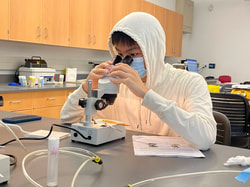 I am a rising junior at Wissahickon High School. What brought me to TRIP is my curiosity about the research in drug discovery. I often hear about breakthrough drugs to treat diseases that had not been treatable. For example, I am amazed by the fact that cancer, once a disease of sure death, now has a real prospect of becoming something curable. At the same time, I am curious about how these drugs are being discovered and why so many never made it through to be used to treat patients. My curiosity is not limited to cancer and more about what happens in a lab. Through TRIP I hope to gain insight into and hands-on experience of what forms good research.
|
Archives
April 2024
Categories
All
|
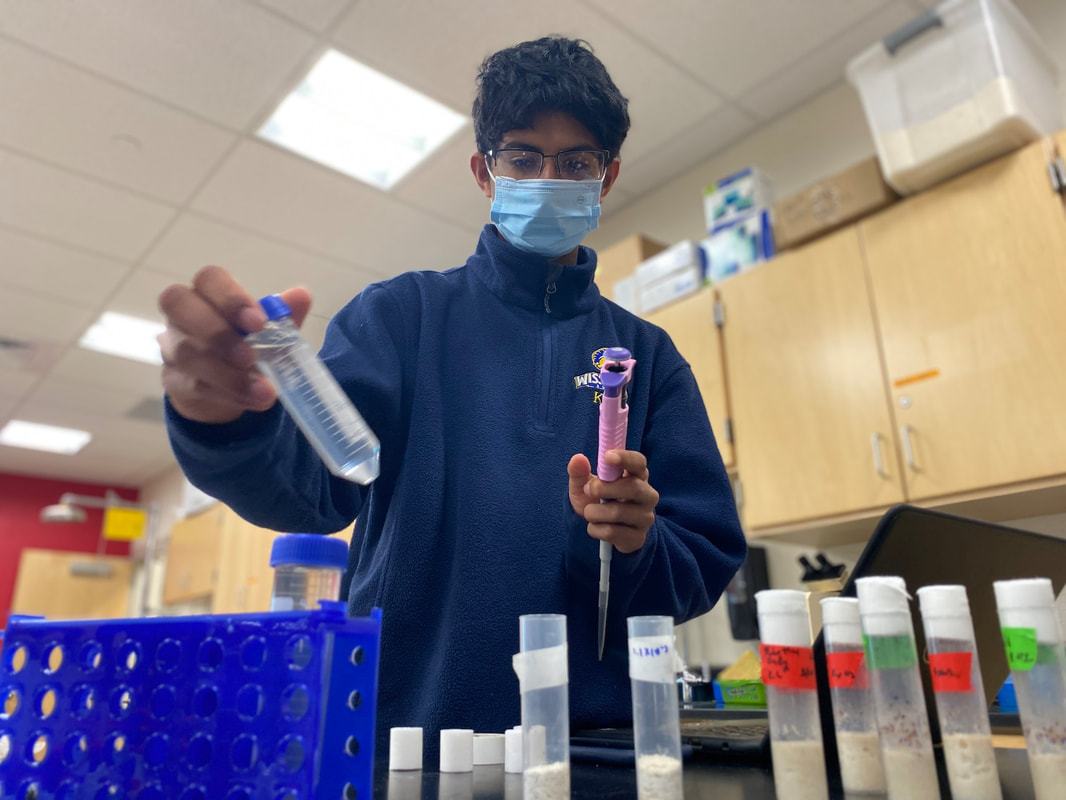

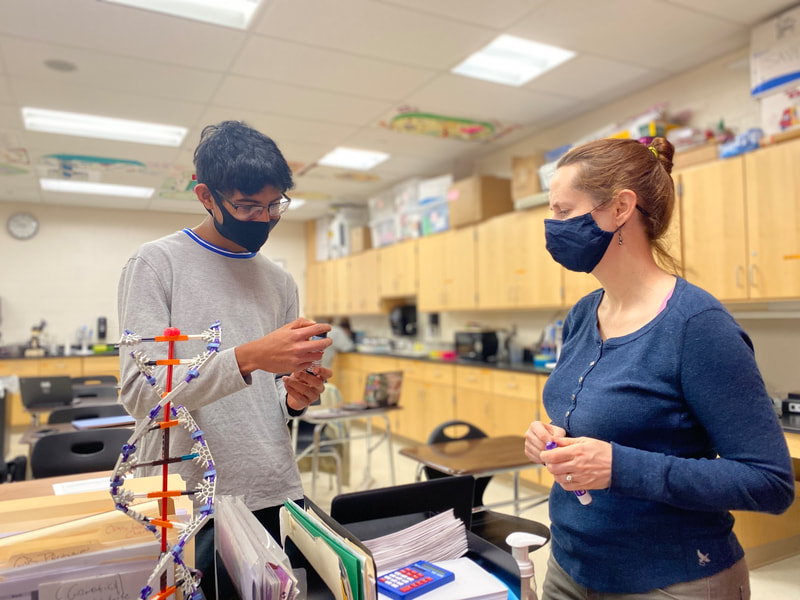
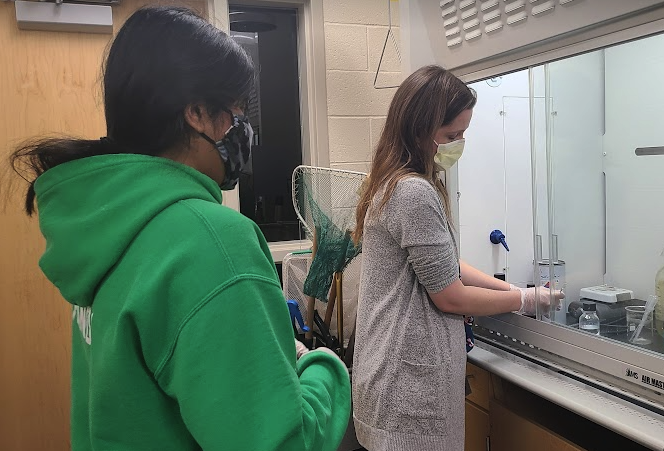
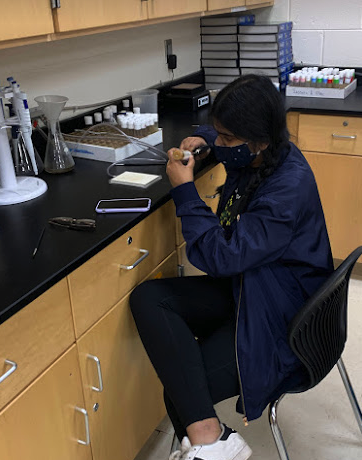
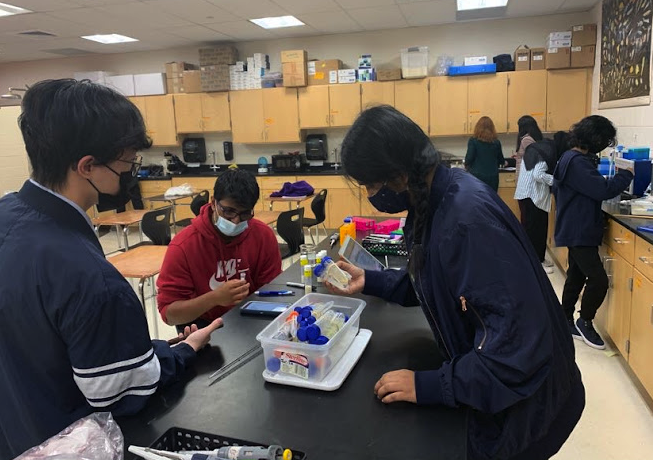





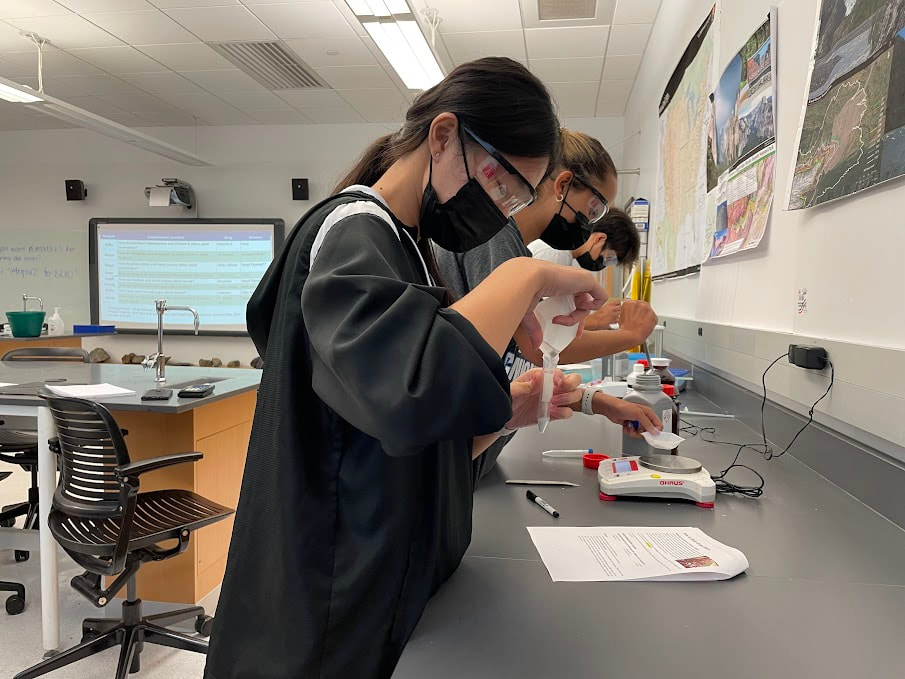
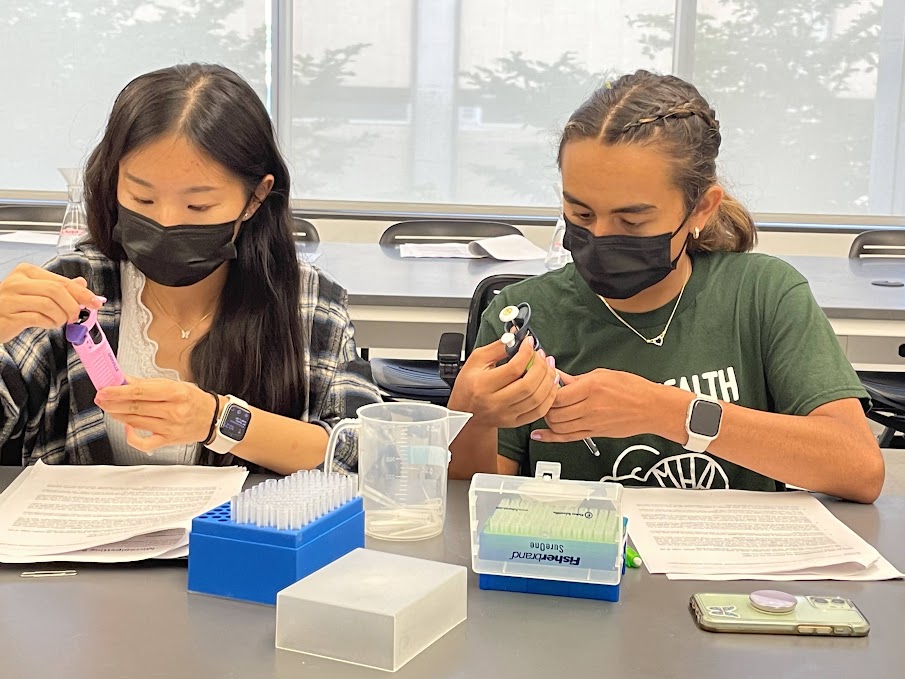
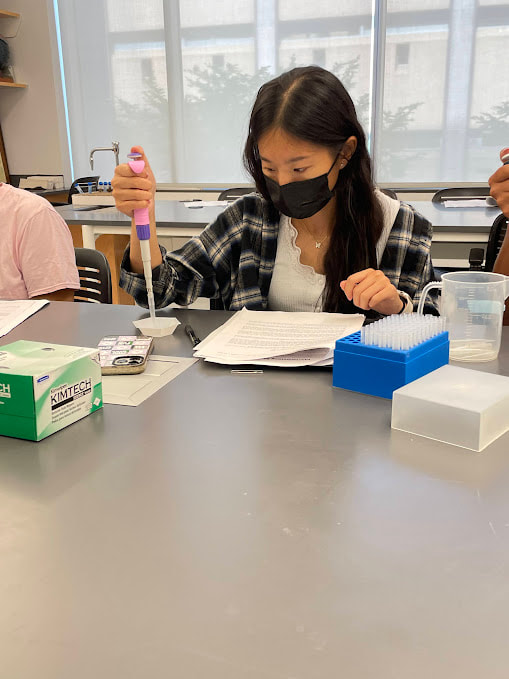

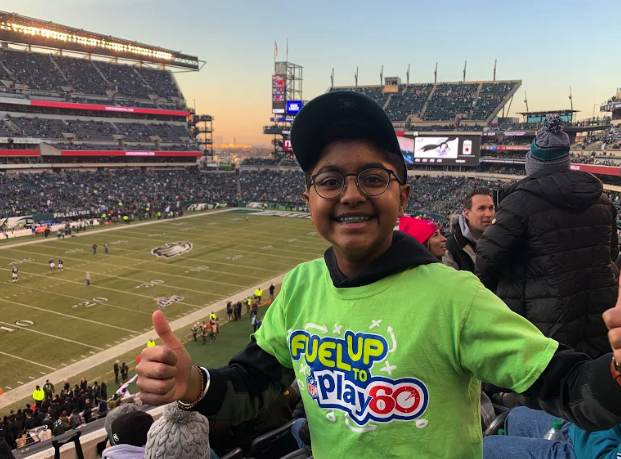
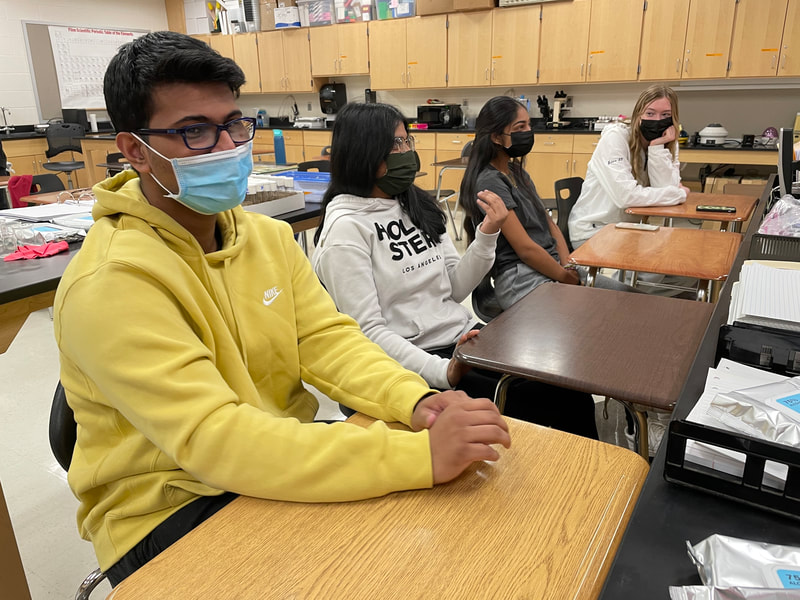
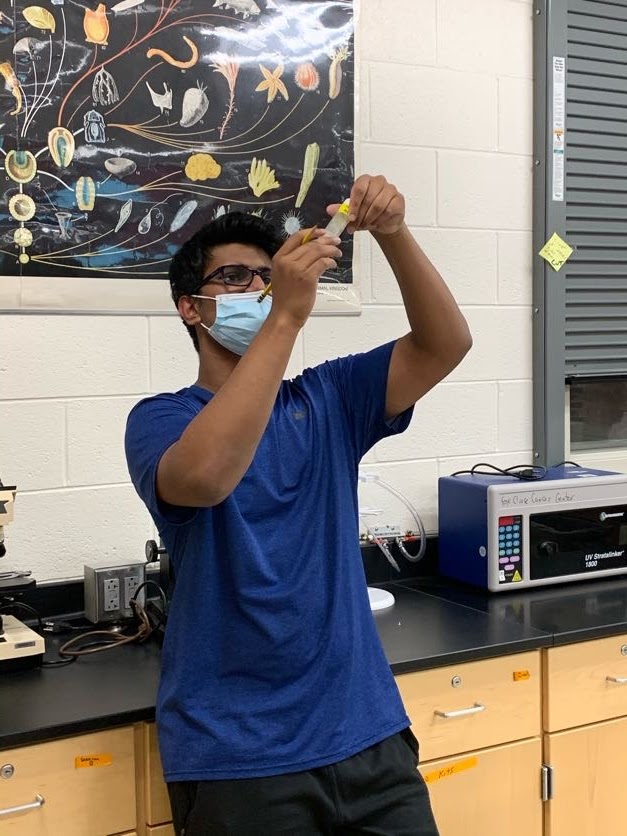
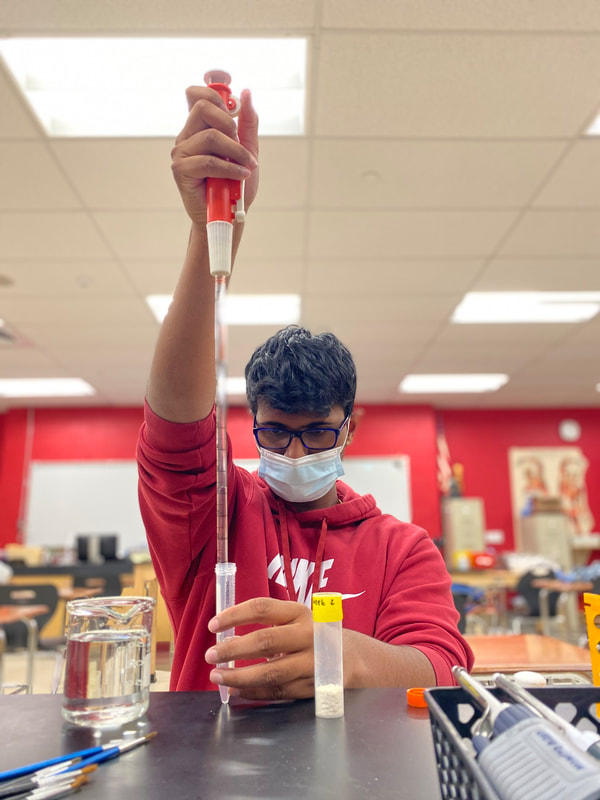



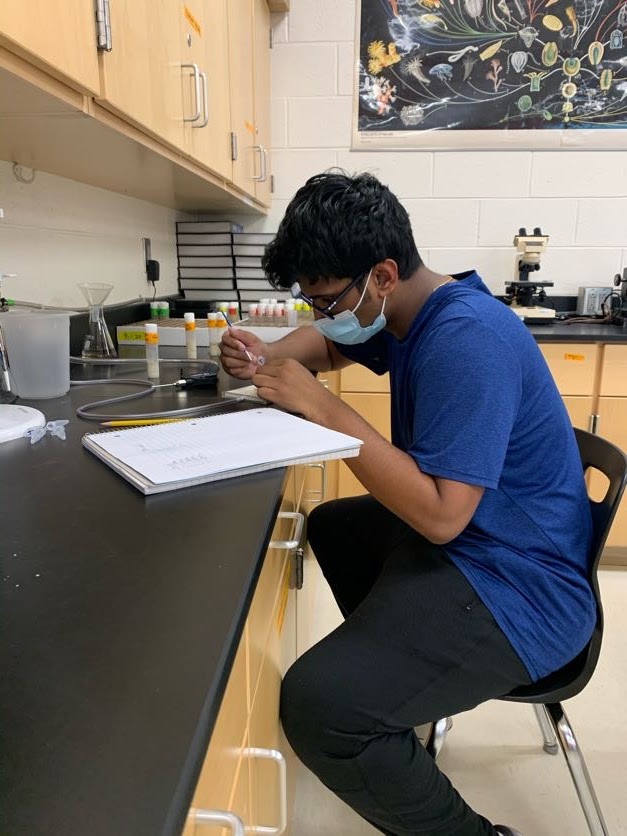



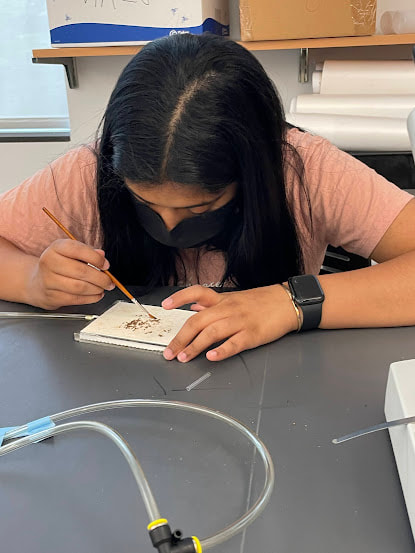

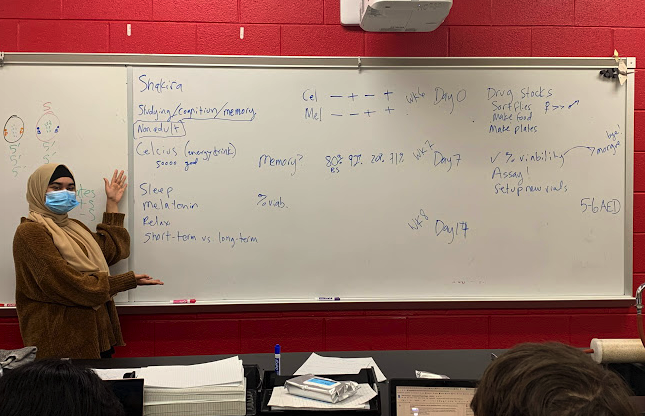
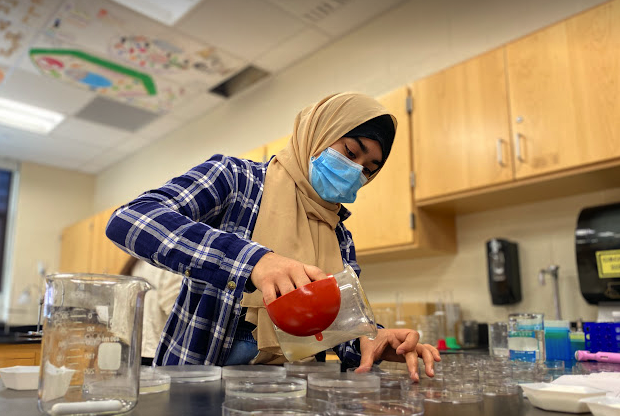


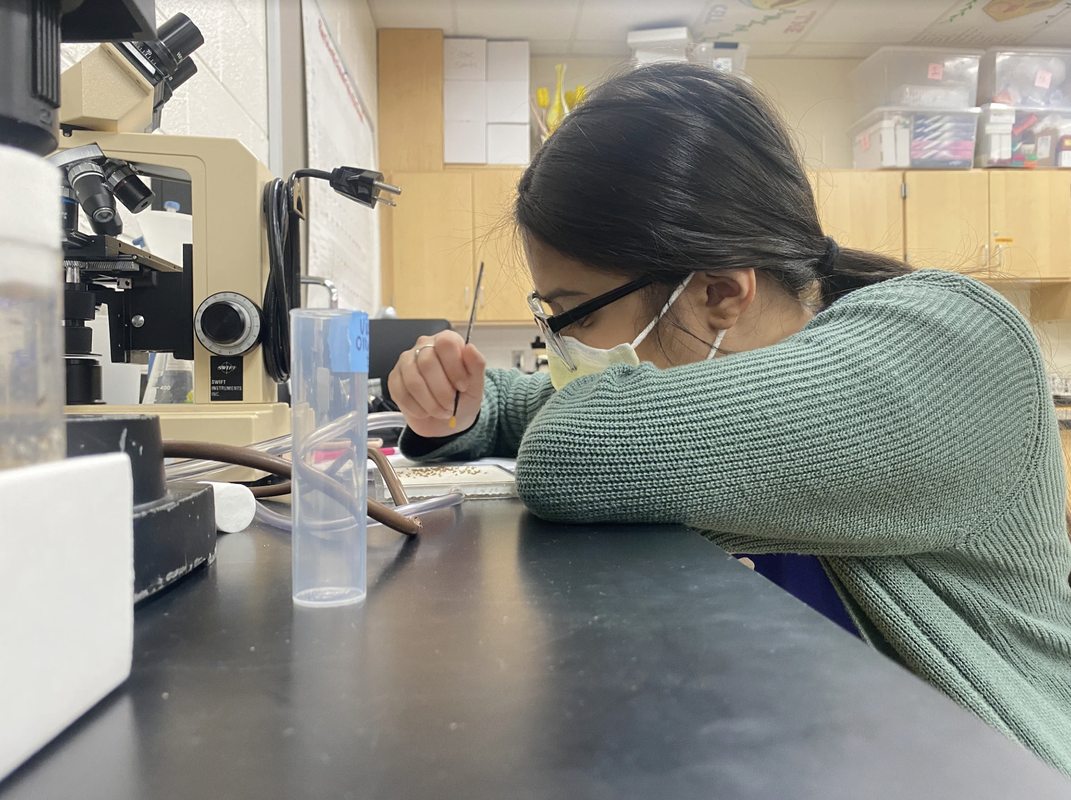
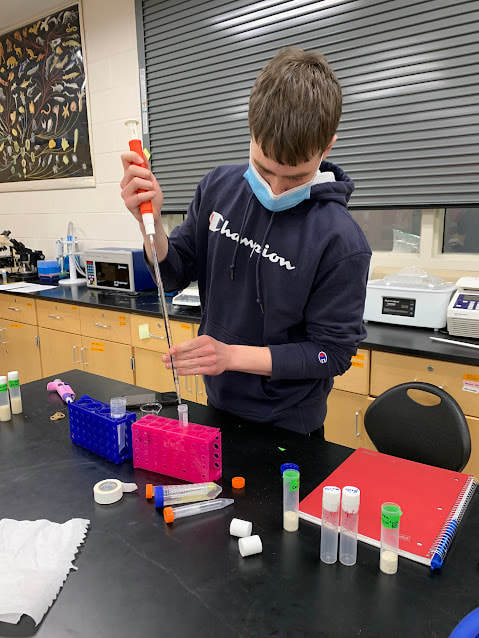

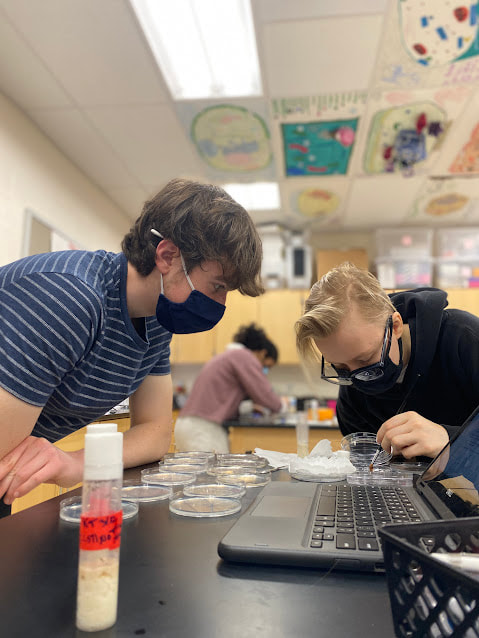
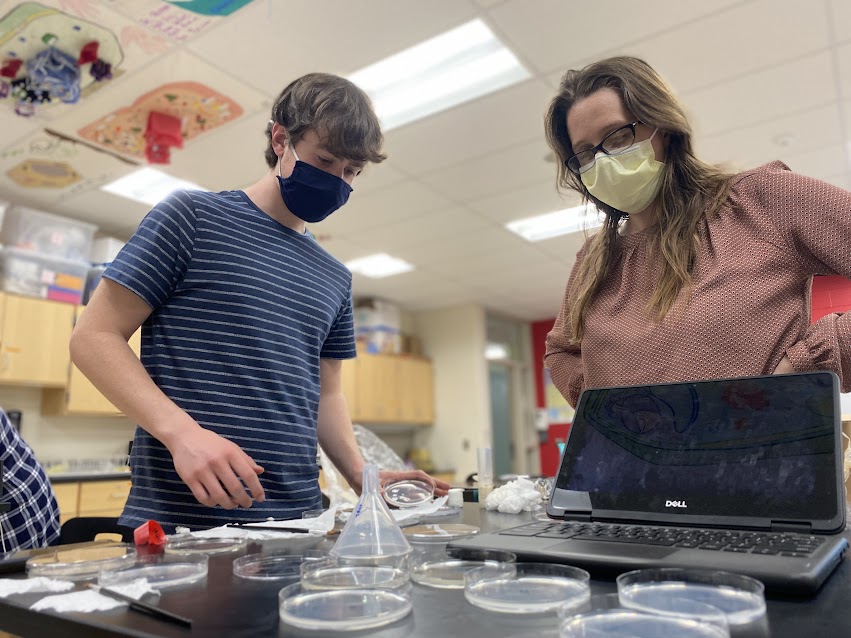

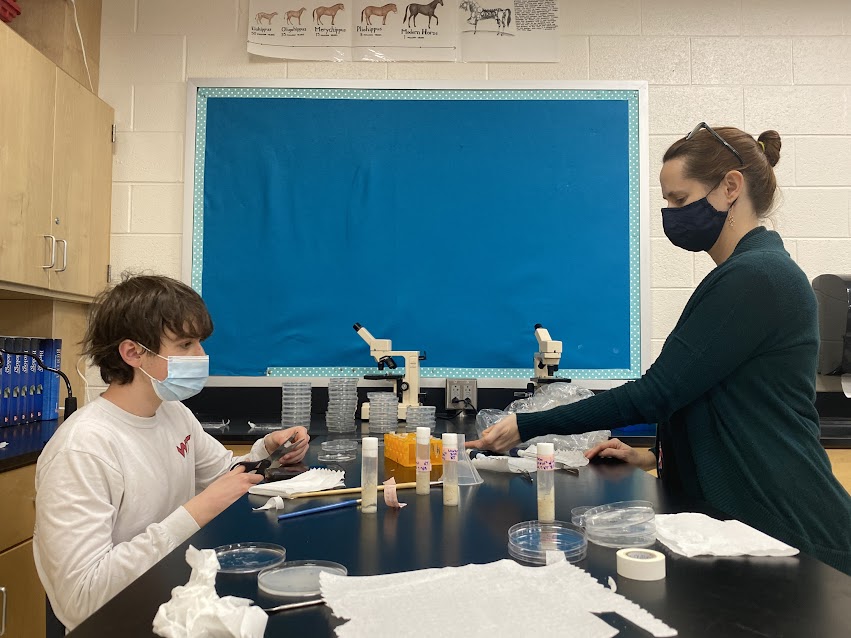
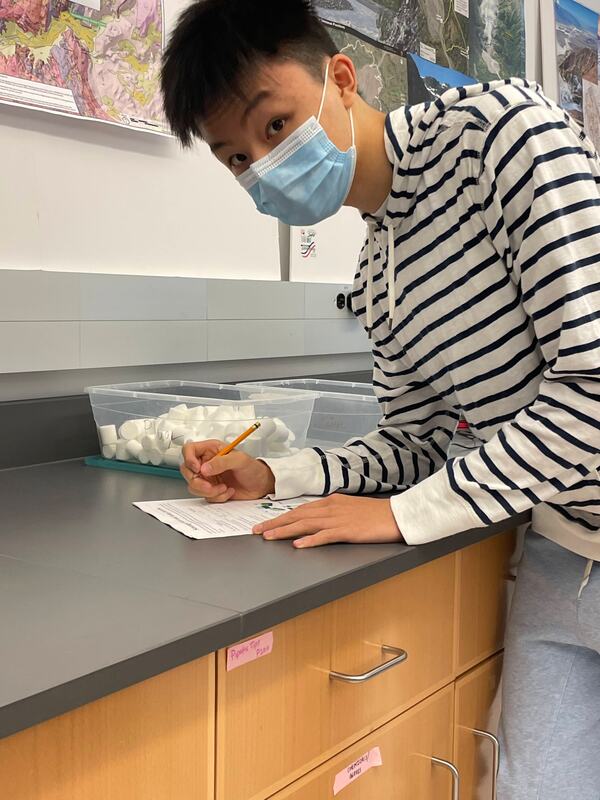

 RSS Feed
RSS Feed